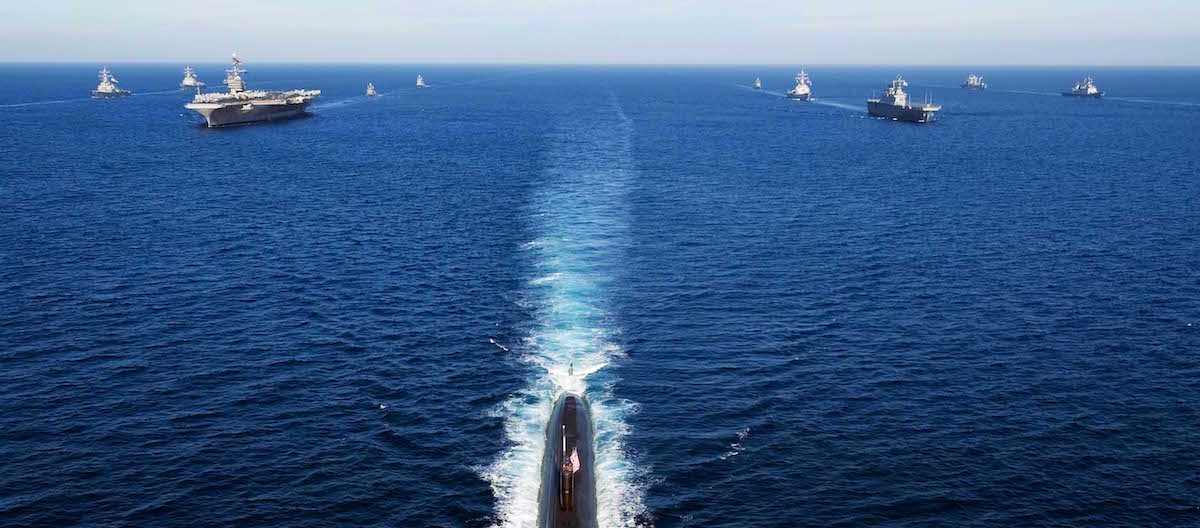
U.S.-ROK Exercises Do Not Provoke North Korea
A Beyond Parallel study showsthat annual U.S.-South Korea military exercises – such as Ulchi Freedom Guardian which commence next week – do not provoke North Korea. The study’s findings demonstrate that these summer/fall exercises, like the spring Foal Eagle and Key Resolve exercises, have a “null effect” on North Korean provocations from 2005 to 2016. This is despite periodic claims by Pyongyang and the media that these annual military exercises provoke North Korean belligerence.
According to Beyond Parallel original datasets, the state of U.S.-North Korea diplomatic relations before the exercise period (defined as 4-8 weeks prior) is actually a better indicator of whether North Korea will carry out provocations during or after the exercises. In the study, if U.S.-North Korea bilateral relations were coded positively prior to the exercises, the North’s response remains restrained both during and after the exercises. If pre-exercise relations were coded negatively, then there is a higher likelihood of North Korean belligerence during and after the exercises.
The Beyond Parallel study also found that there has been a qualitative step change in the intensity and frequency of North Korean belligerence starting from January 2009, after Kim Jong-il’s reported stroke was confirmed to the Western world (stroke was reportedly in August 2008, but became known to world in December).
“The Beyond Parallel dataset really undercuts the argument that the U.S. and ROK are the ‘bad guys’ on the peninsula riling tensions with twice-yearly military exercises,” observed Victor Cha, CSIS Senior Adviser and Korea Chair. “It’s just untrue.”
“The qualitative increase in DPRK provocations after January 2009 was also a surprising finding. We always knew that things got worse under Kim Jong-un, but we did not recognize how tight the correlation was with Kim Jong-il’s stroke until we built the data,” he added.
Prior to Kim’s stroke, North Korea carried out an average of 1.7 major provocations per year (26 in total for the 1994-2008 period). After Kim’s stroke, this number jumped to an average of 9 provocations (i.e., short-, medium-, long-range ballistic missile tests/nuclear tests) per year (72 in total for the 2009-2016 period).
“Everyone is guessing about North Korean behavior because it is the blackest of black boxes. We hope to create some transparency with this assemblage of data,” Cha said in reference to Beyond Parallel’s policy utility.
Details on the study findings can be found here. Scroll below to see a visual representation of North Korean provocations and Foal Eagle and Ulchi-Freedom Guardian exercises.
Related Analysis:
Citation:
Victor Cha, Na Young Lee, and Andy Lim, “DPRK provocations and U.S.-ROK Military Exercises, 2005 to 2016,” CSIS Beyond Parallel, http://beyondparallel.csis.org/dprk-provocations/

